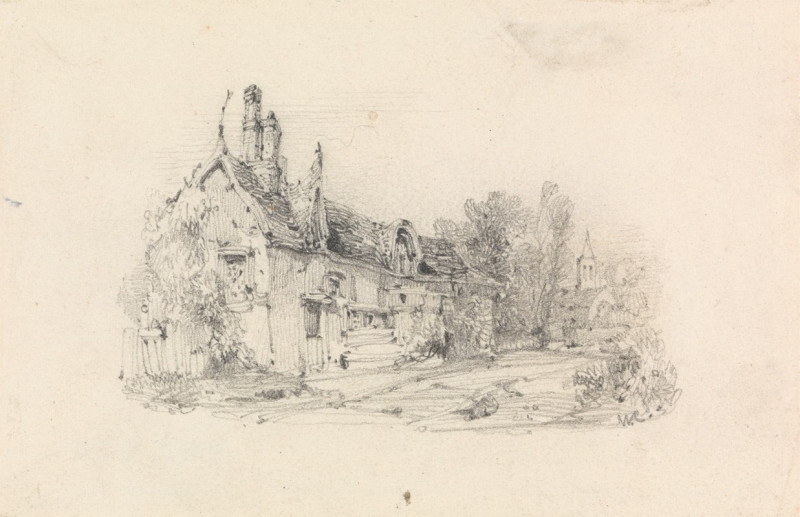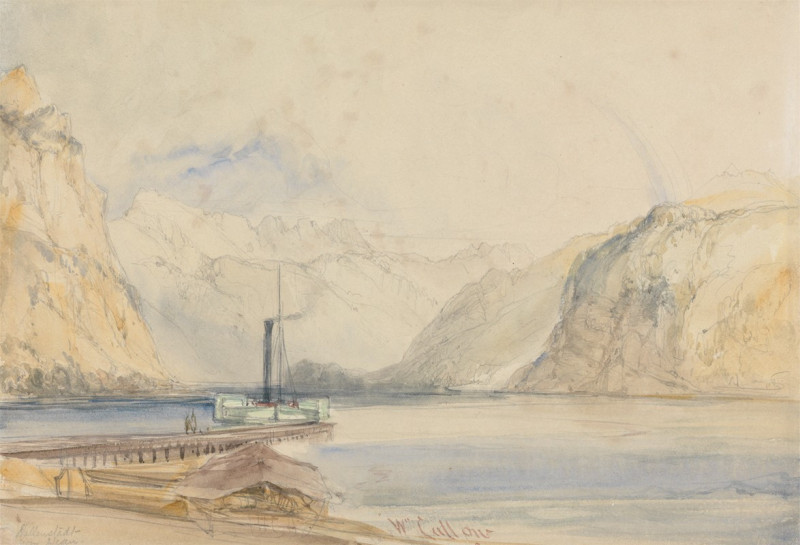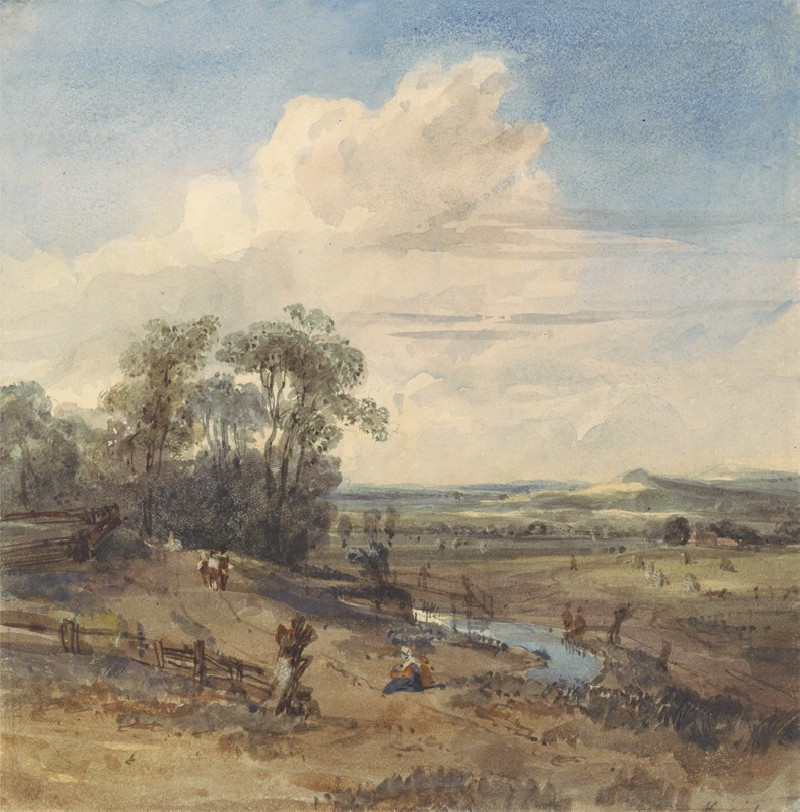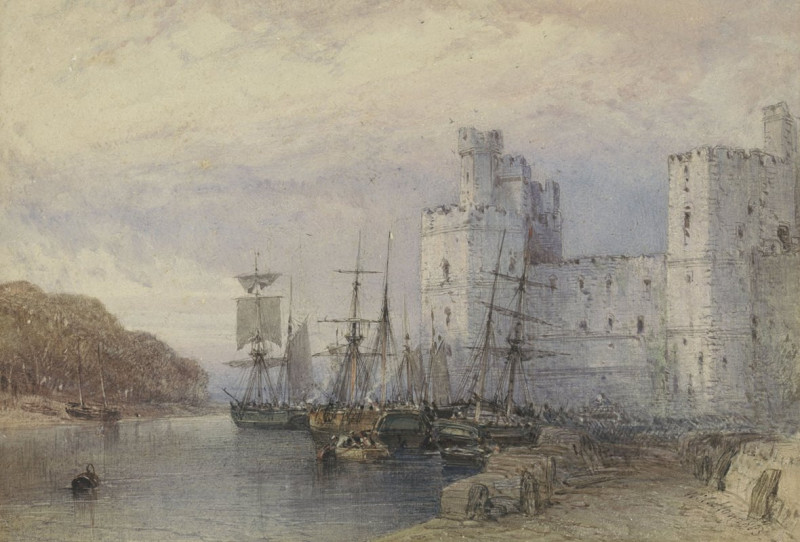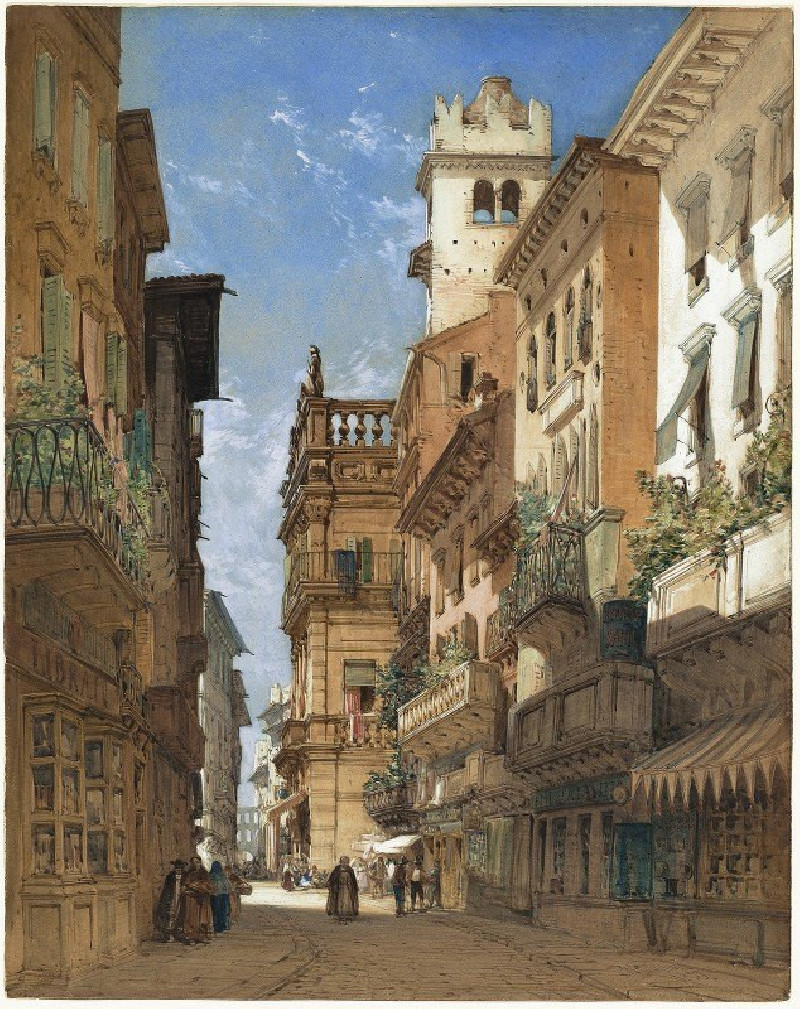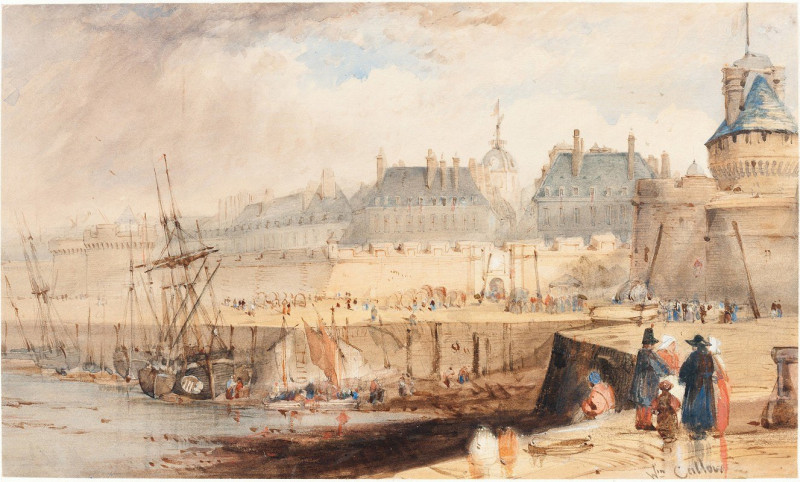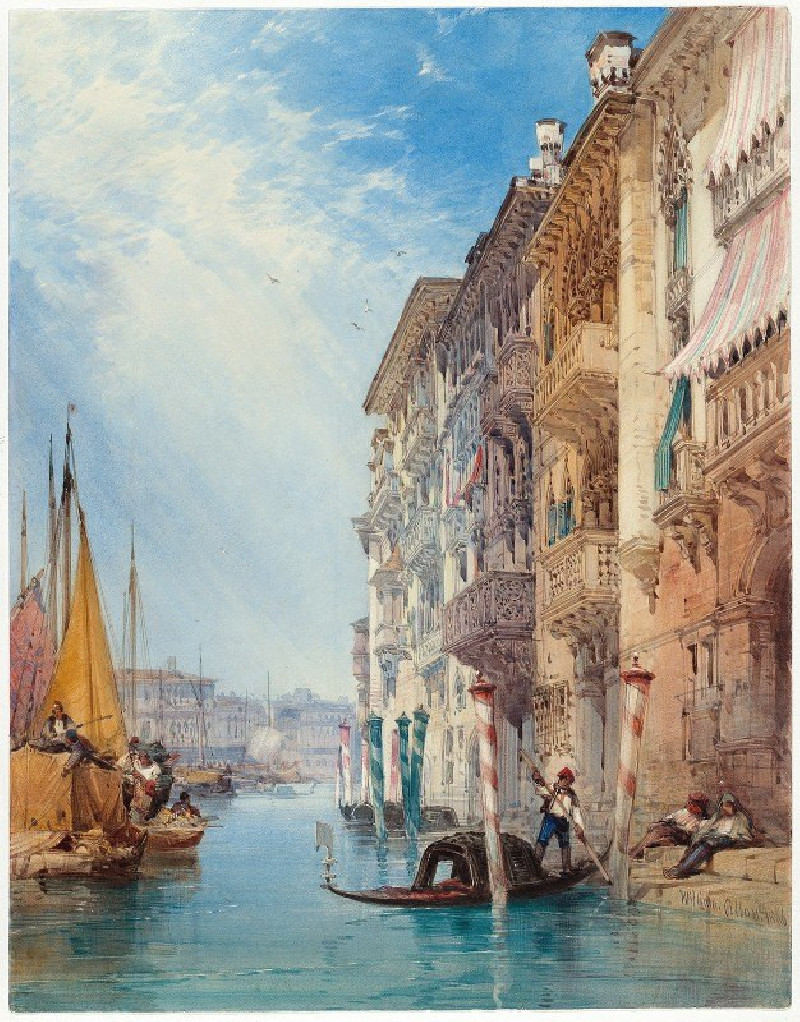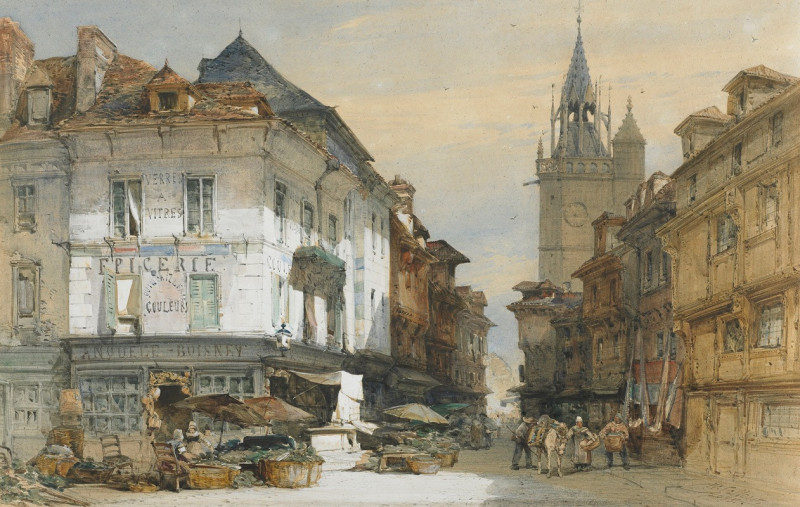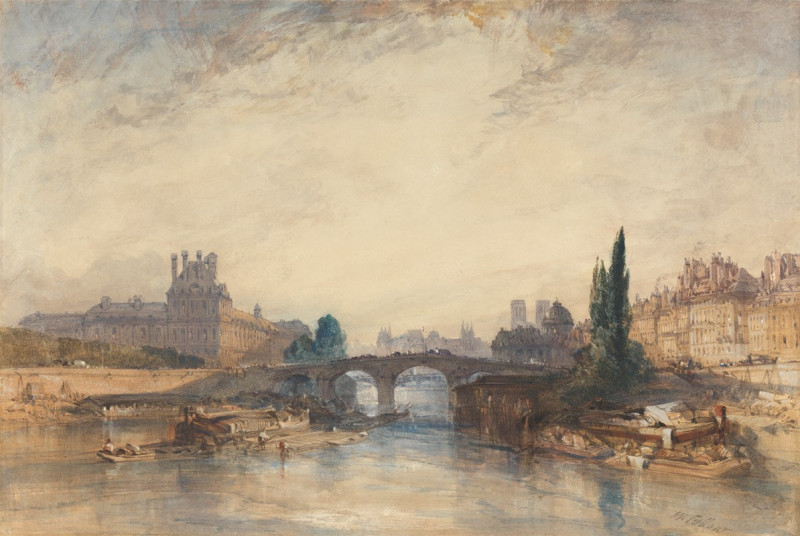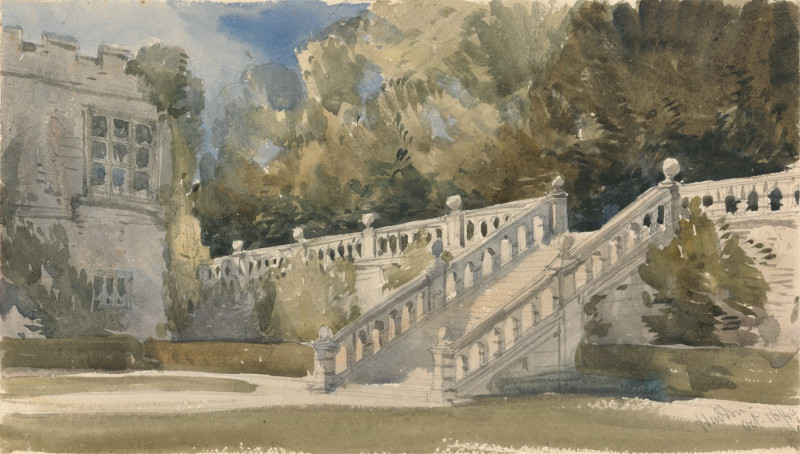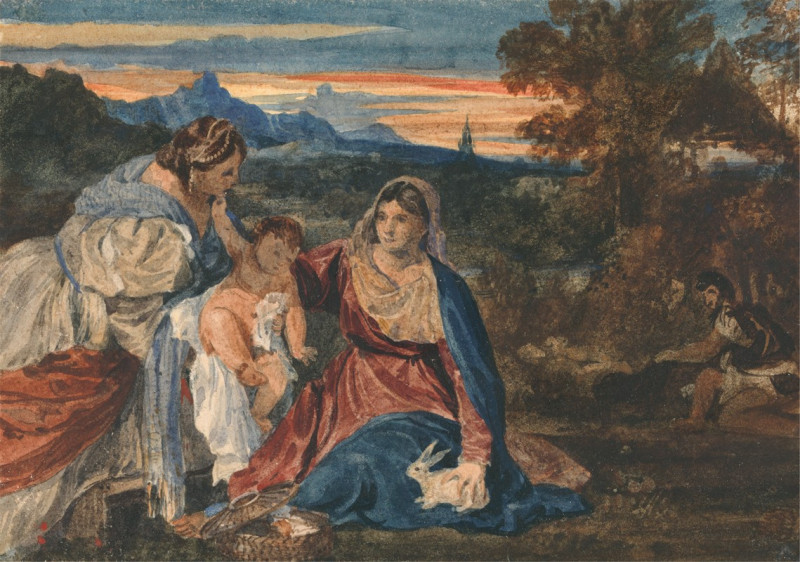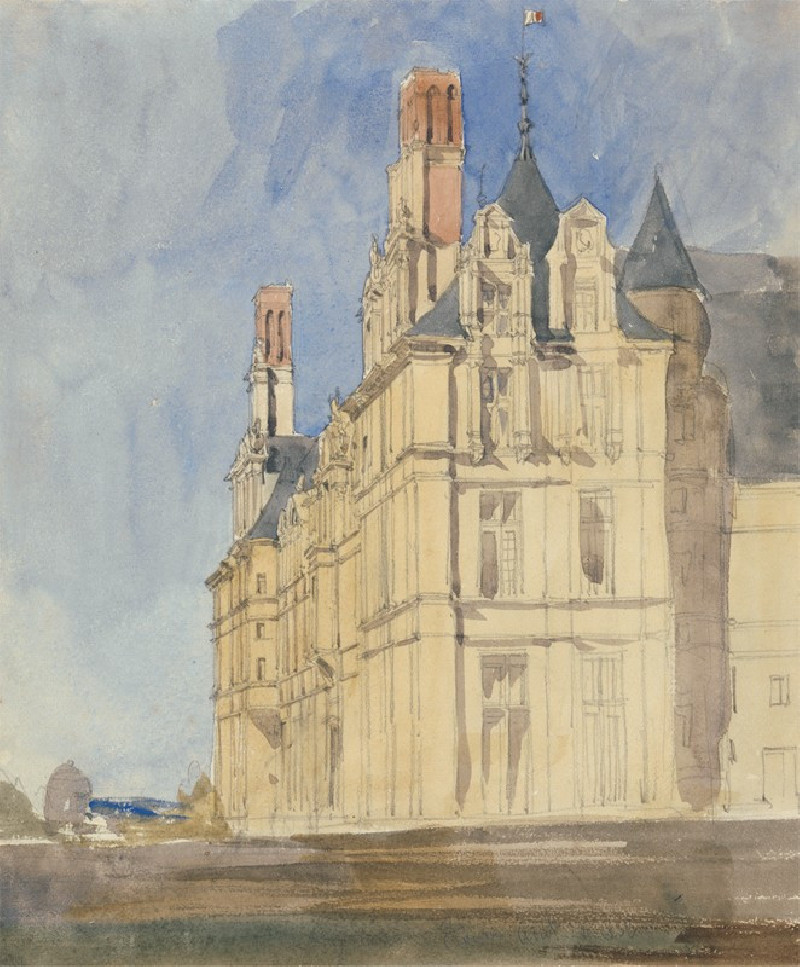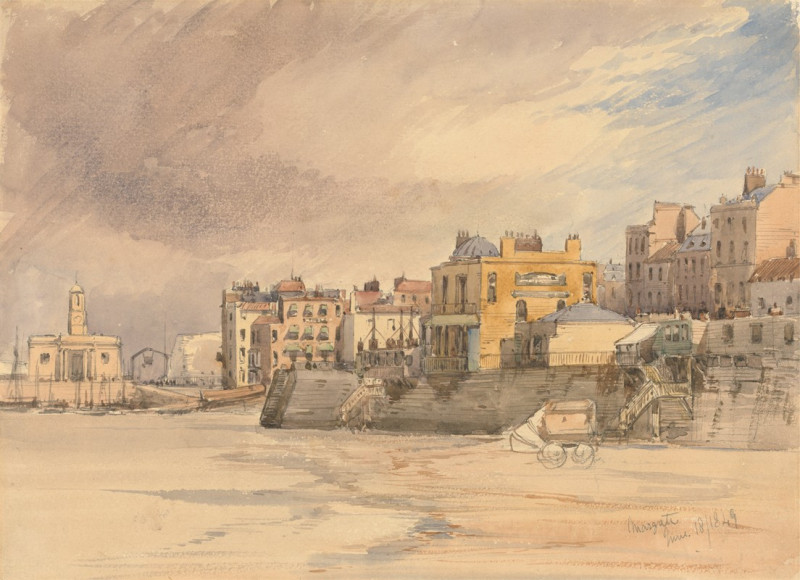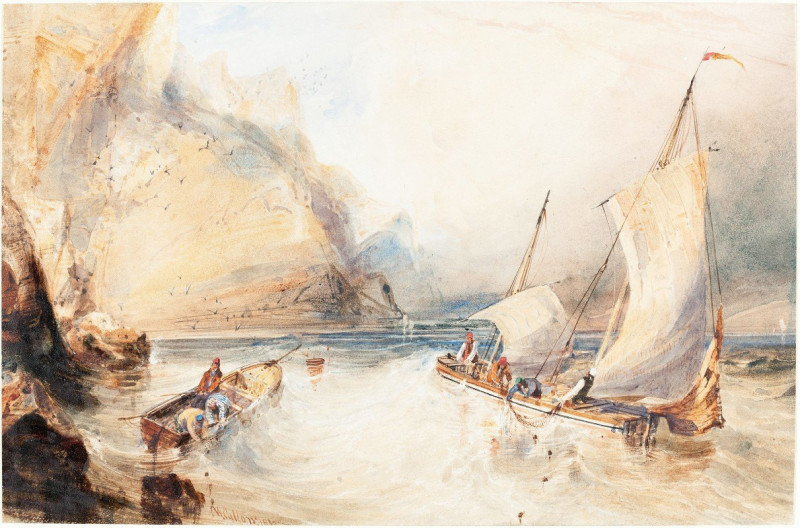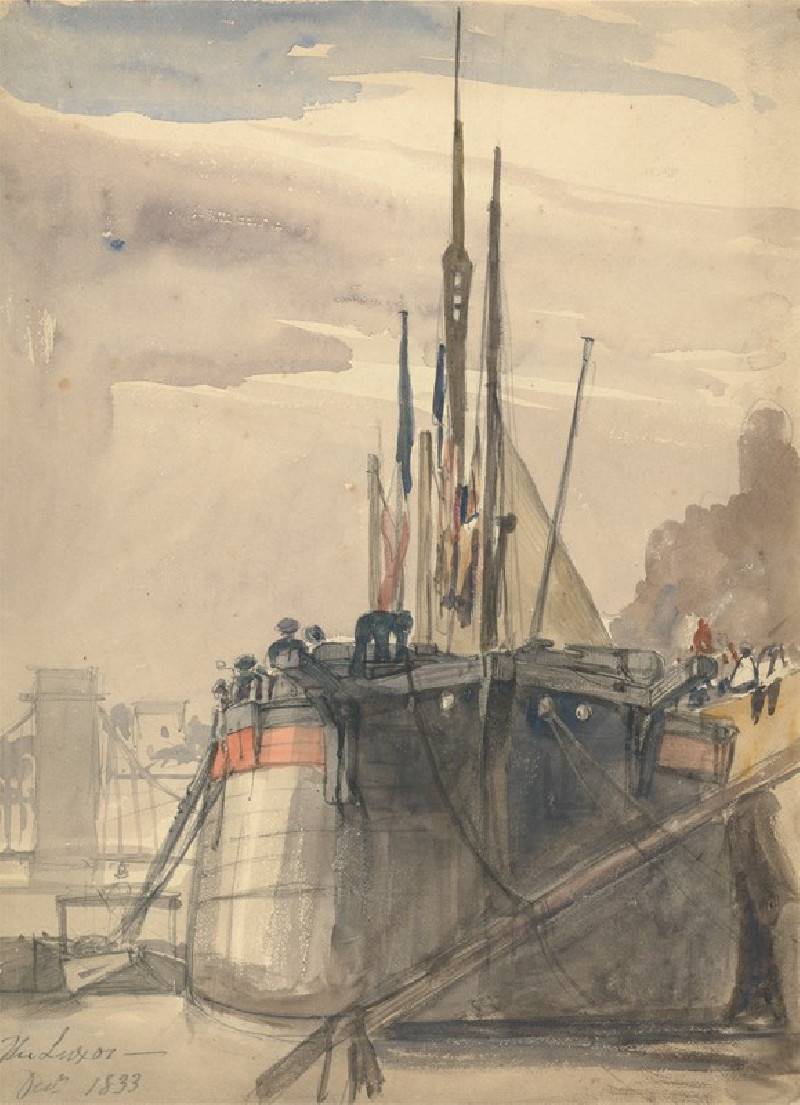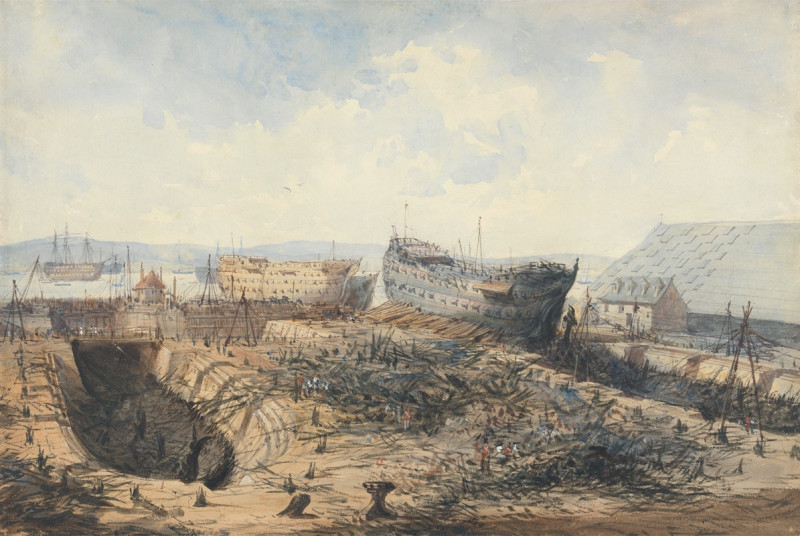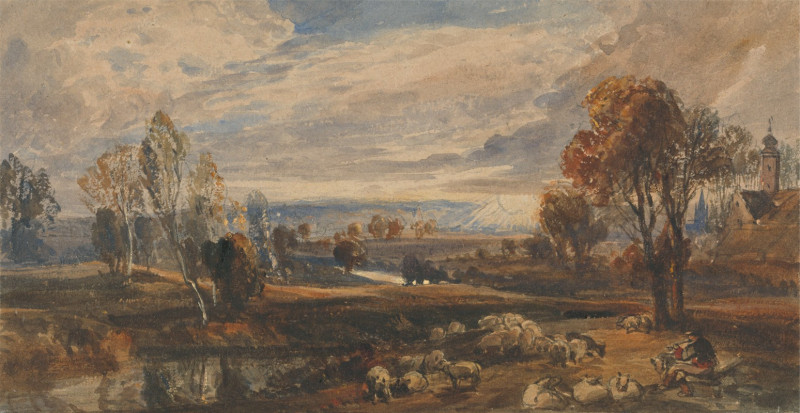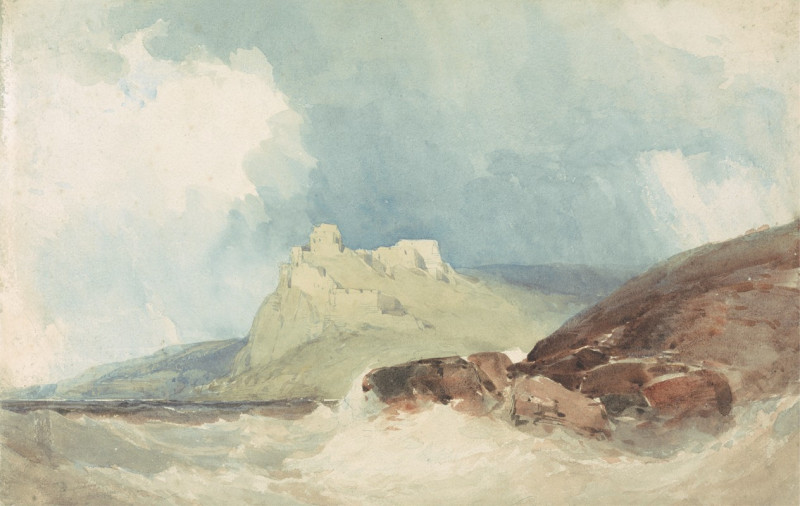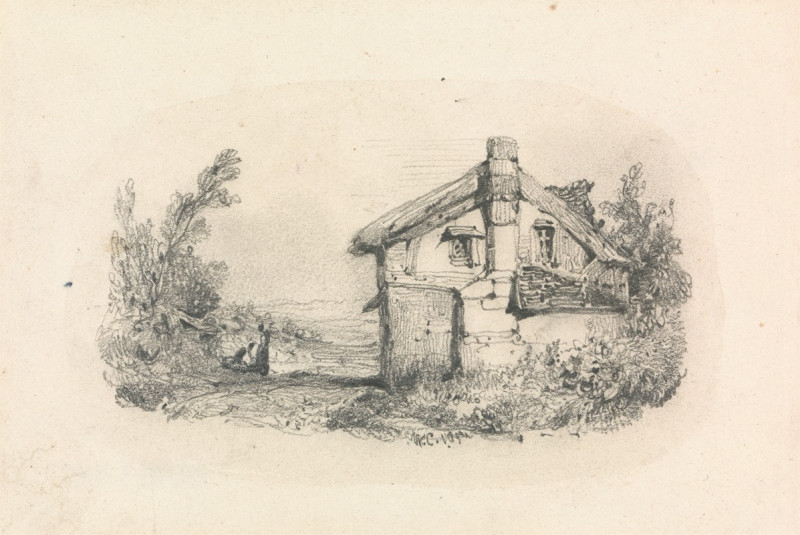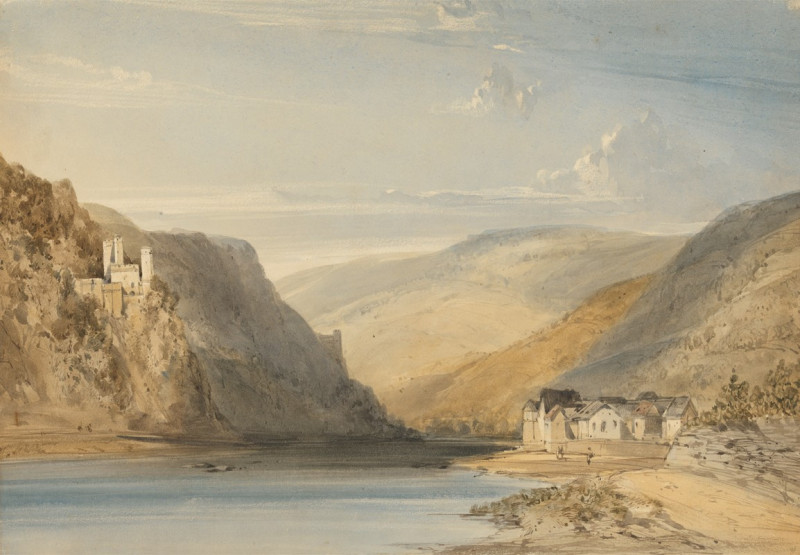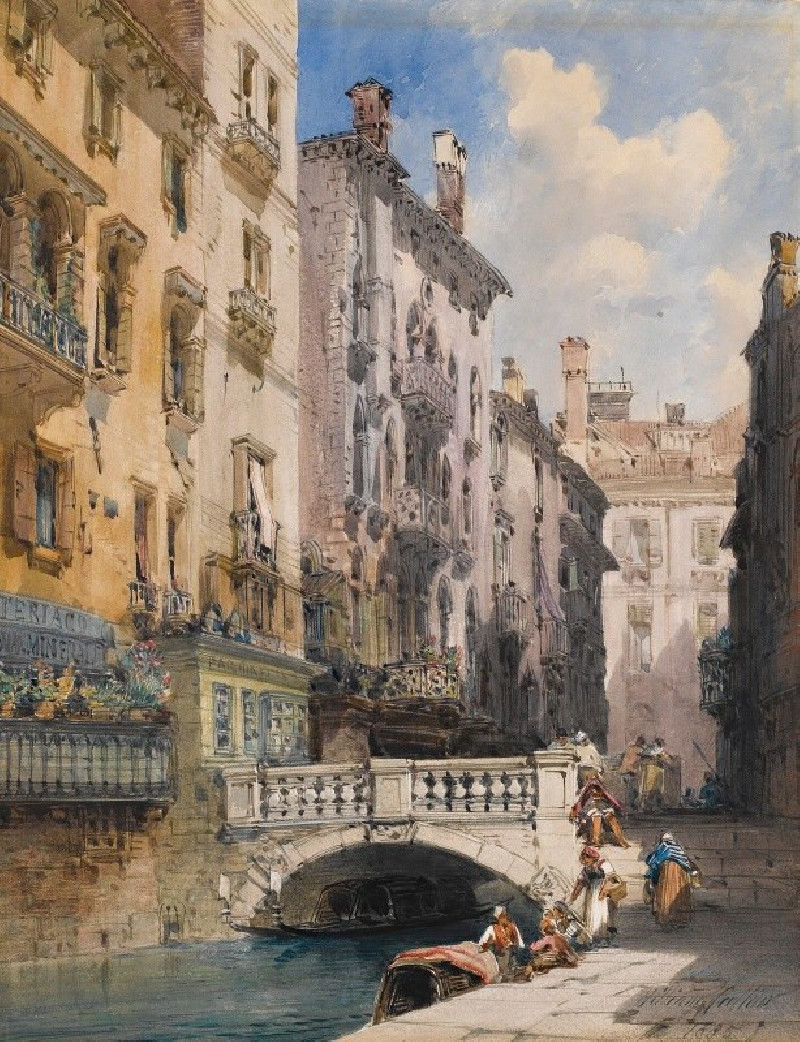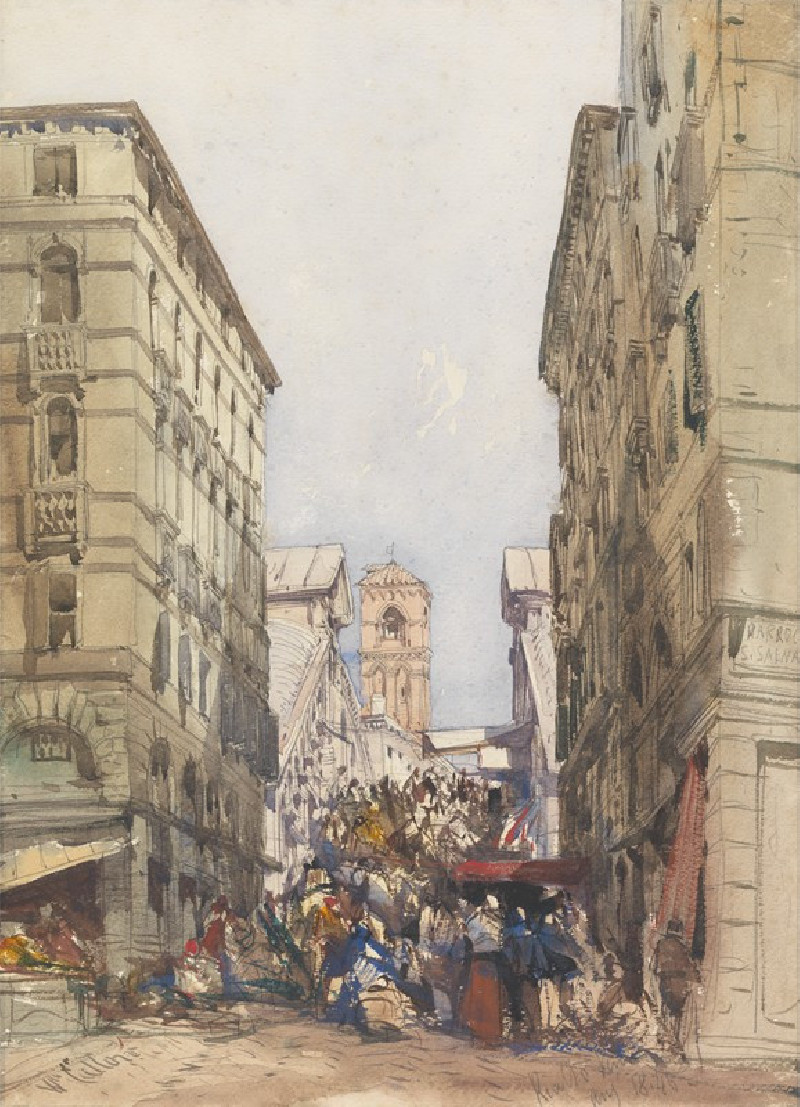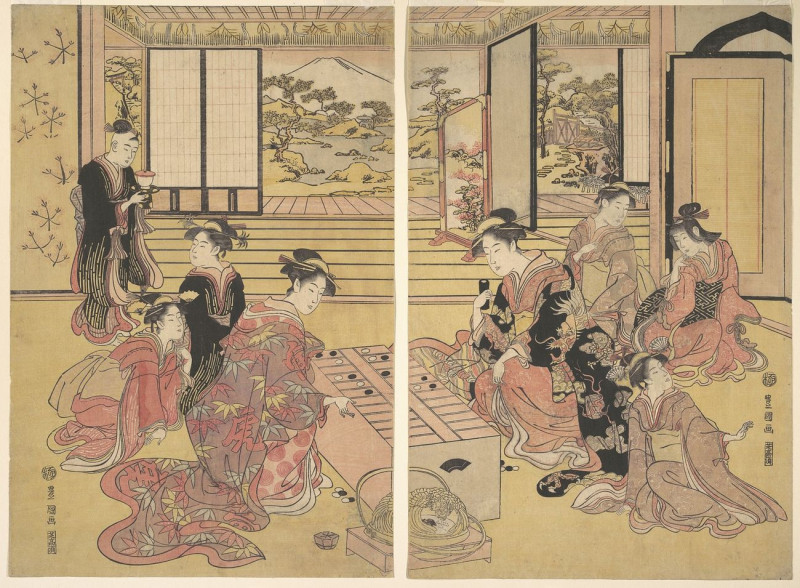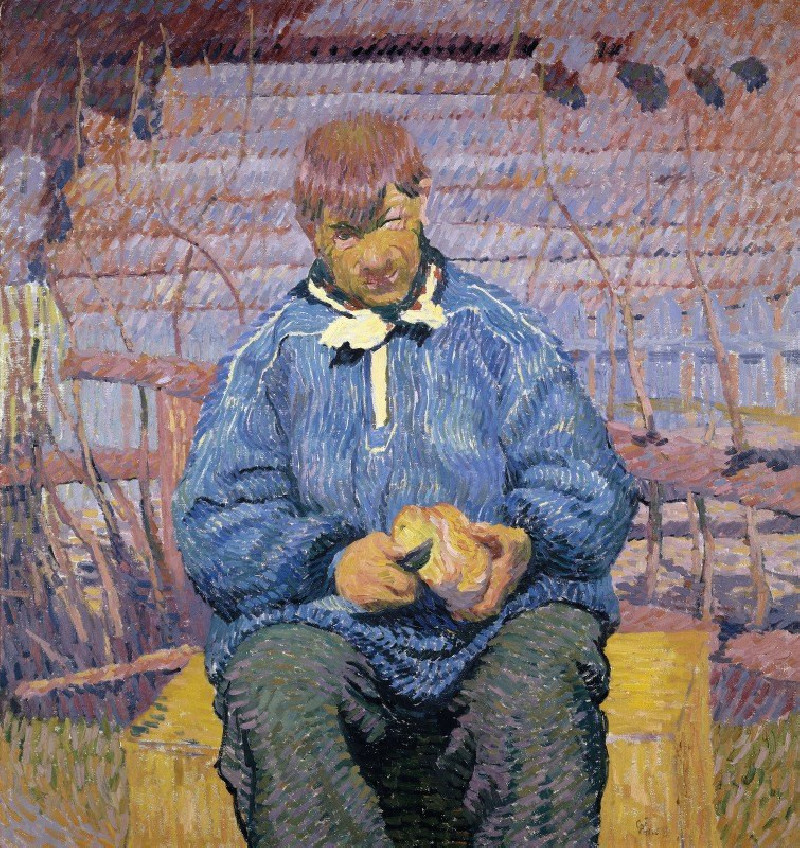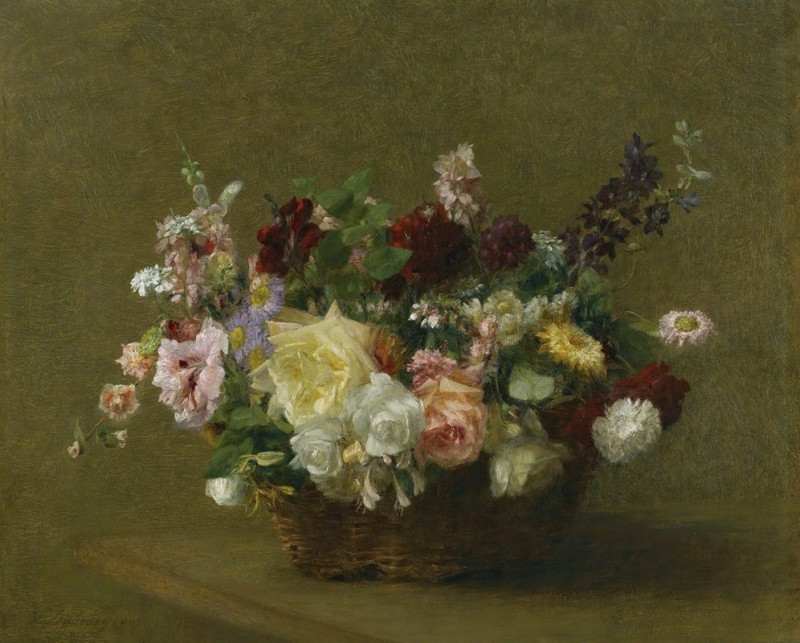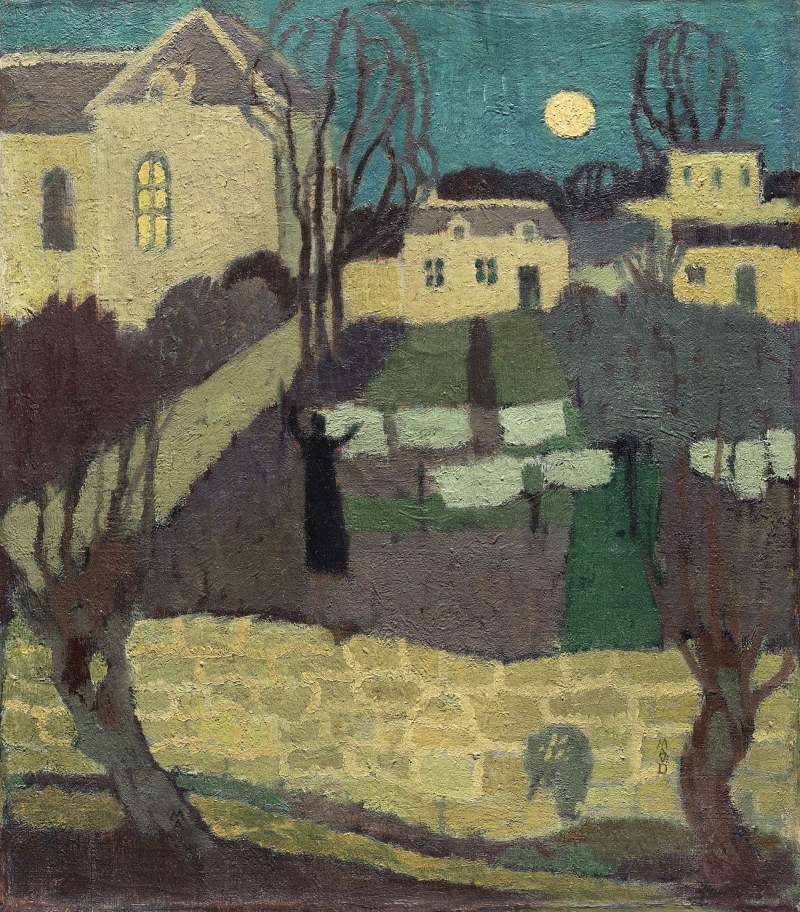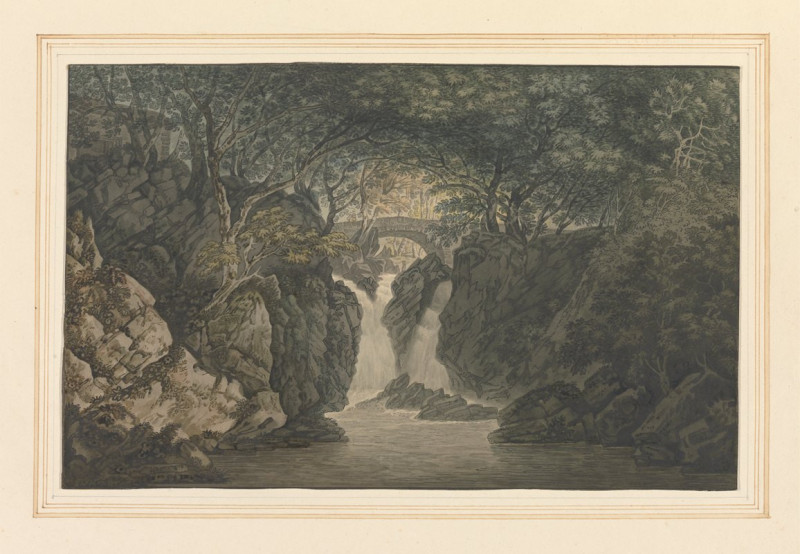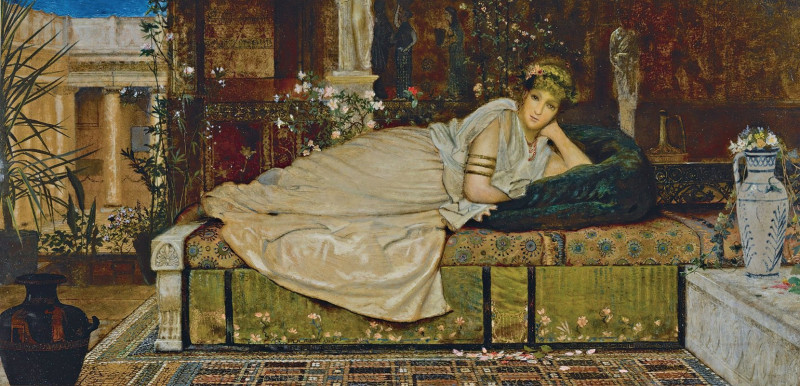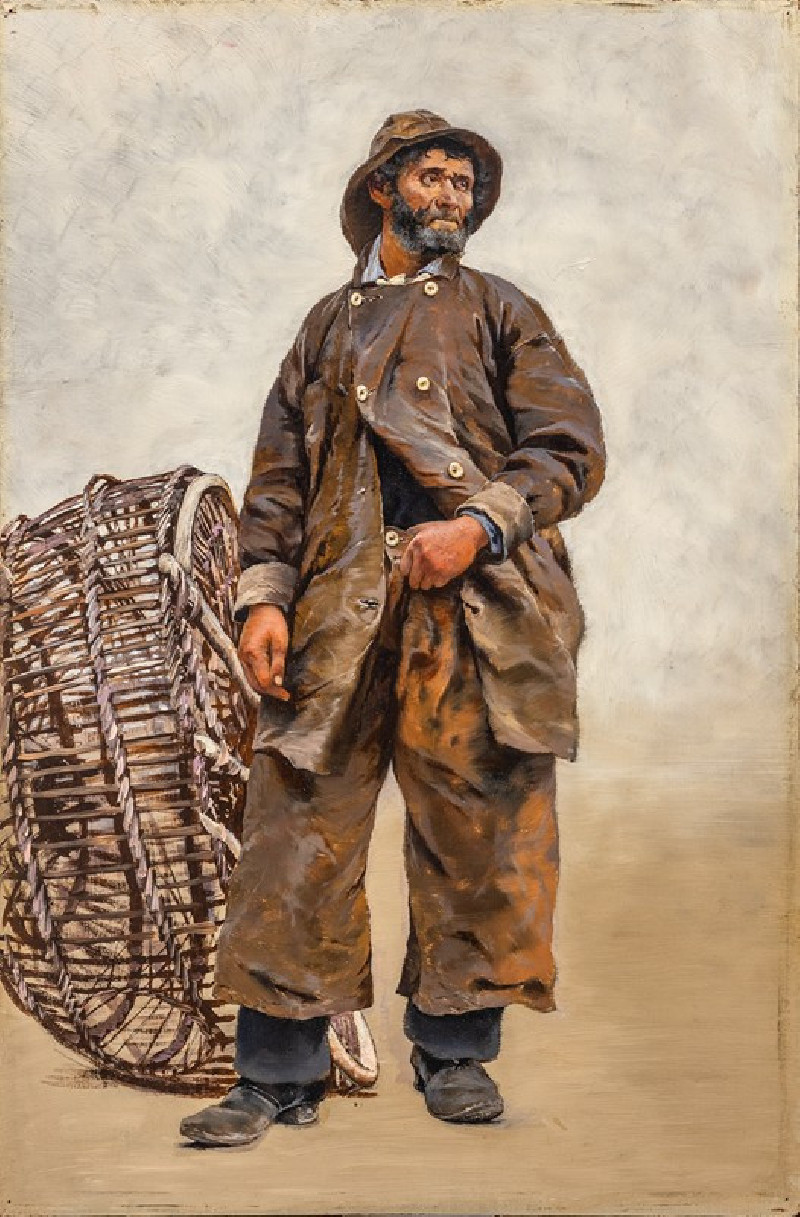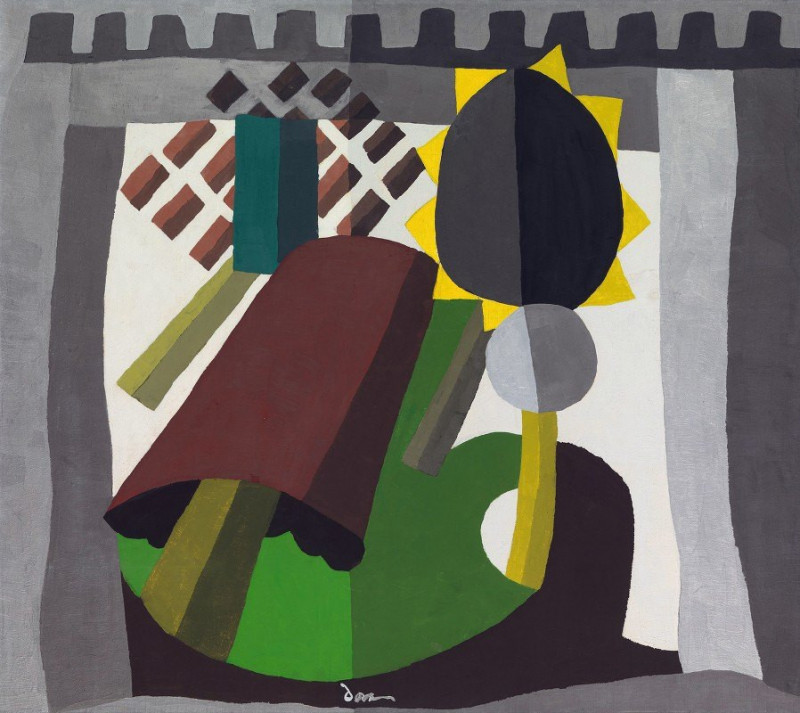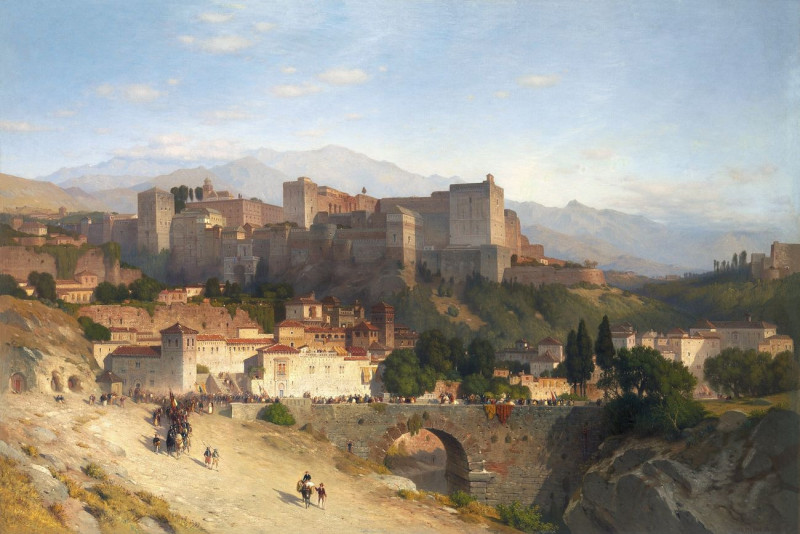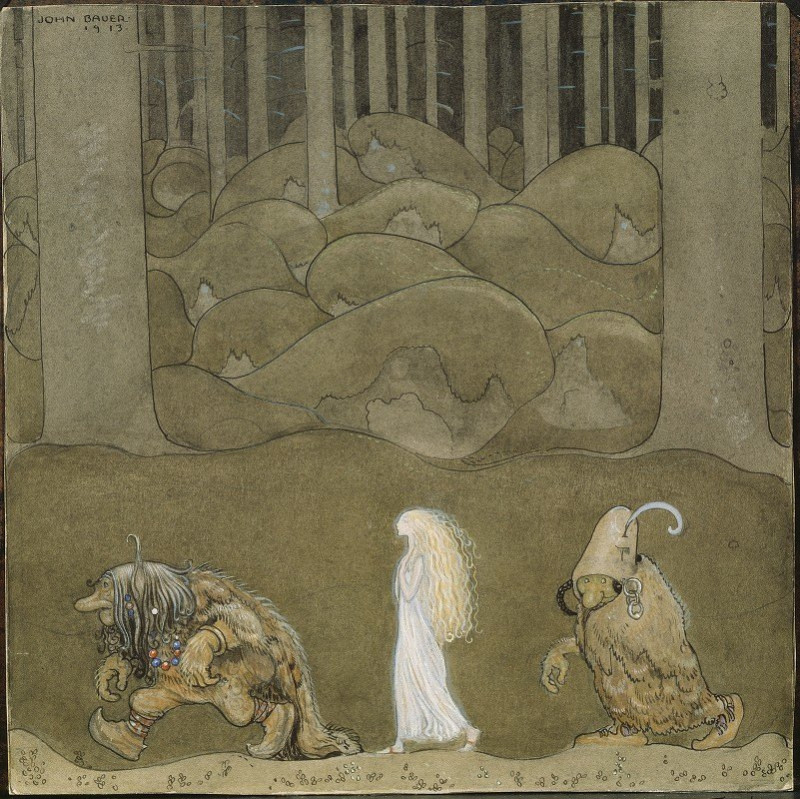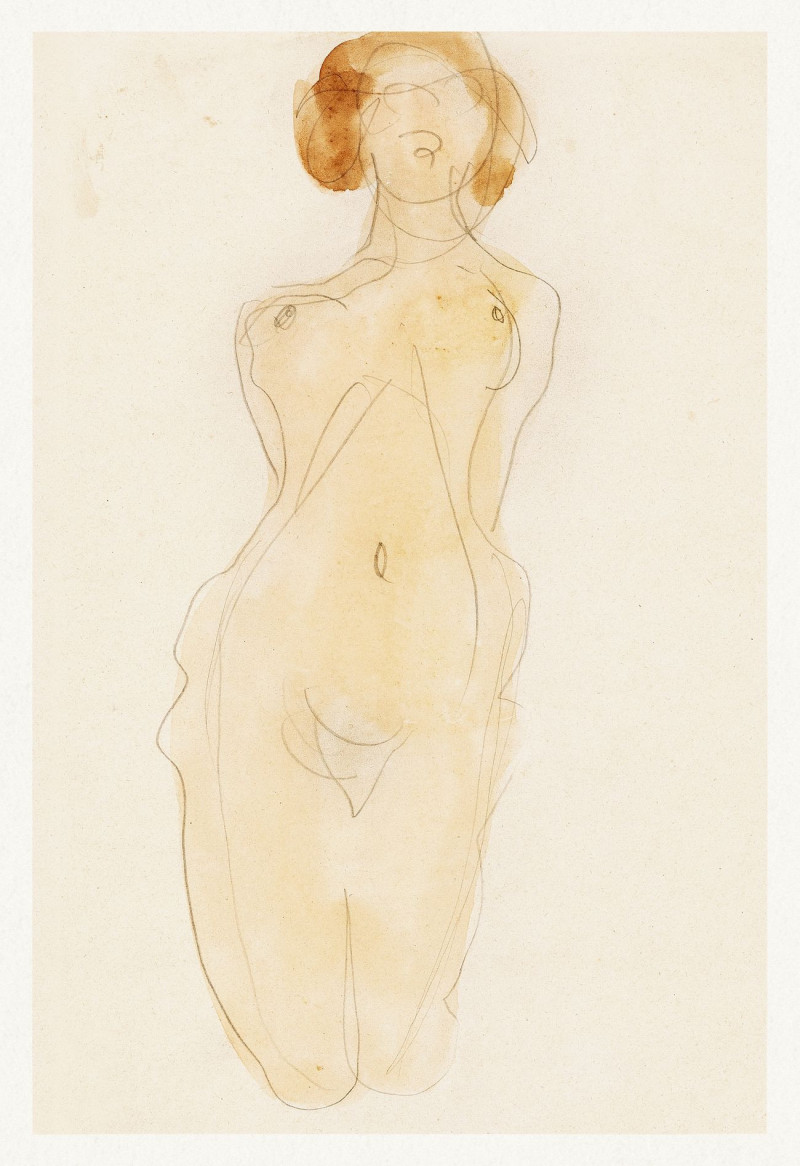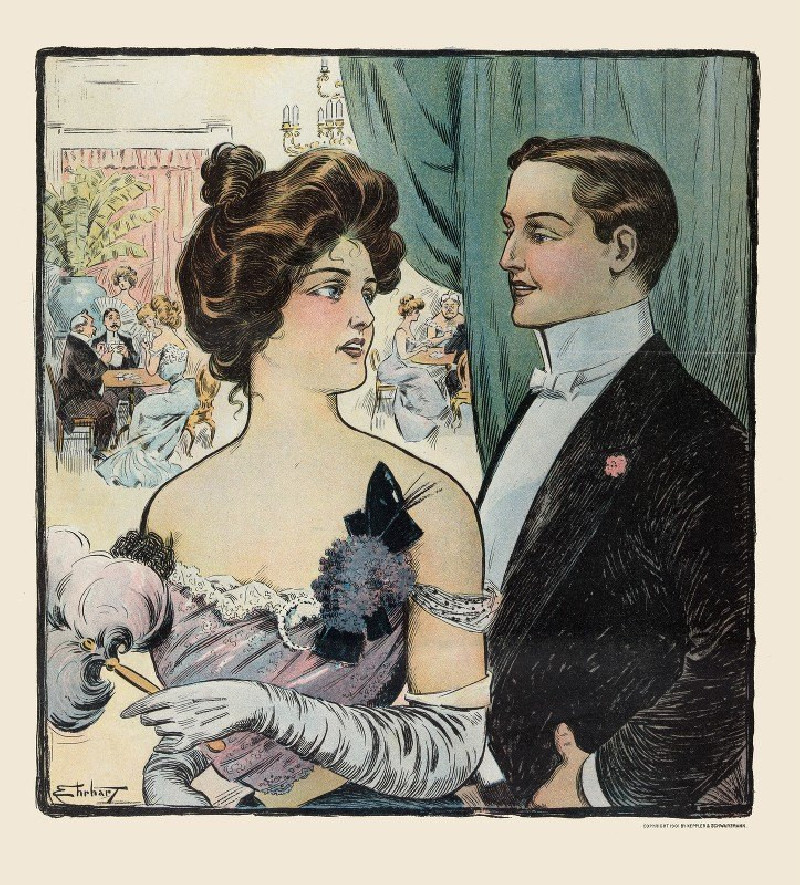Farmhouse with Church in Distance
Technique: Giclée quality print
Recommended by our customers
More about this artwork
In the evocative sketch "Farmhouse with Church in Distance" by William Callow, we are presented with a serene rural scene that captures the essence of pastoral life. The composition focuses on a charming farmhouse, dominated by its rustic architecture and thatched roof. The structure is nestled among lush trees and vegetation, suggesting a harmonious blend with nature.Callow's fine pencil strokes bring out the textural details of the foliage and the rough surfaces of the farmhouse, lending a tactile quality to the drawing. These elements are juxtaposed with the finely sketched church in the distance, which adds a spiritual and communal dimension to the otherwise tranquil domestic setting.This picture, with its delicate play of light and shadow, seems to invite viewers to reflect on the quiet beauty of rural existence and the enduring connection between people and their natural surroundings.
Delivery
Returns
William Callow was an English landscape painter, engraver and watercolourist.
Callow was born in 1812. July 28 in Greenwich. He studied with the artist Copley Fielding, where he learned the technique of en plein air sketching. He studied under Theodore and Thales Fielding, where he learned to color prints and make aquatints, and from 1825 to 1827 was taught to paint in watercolor.

